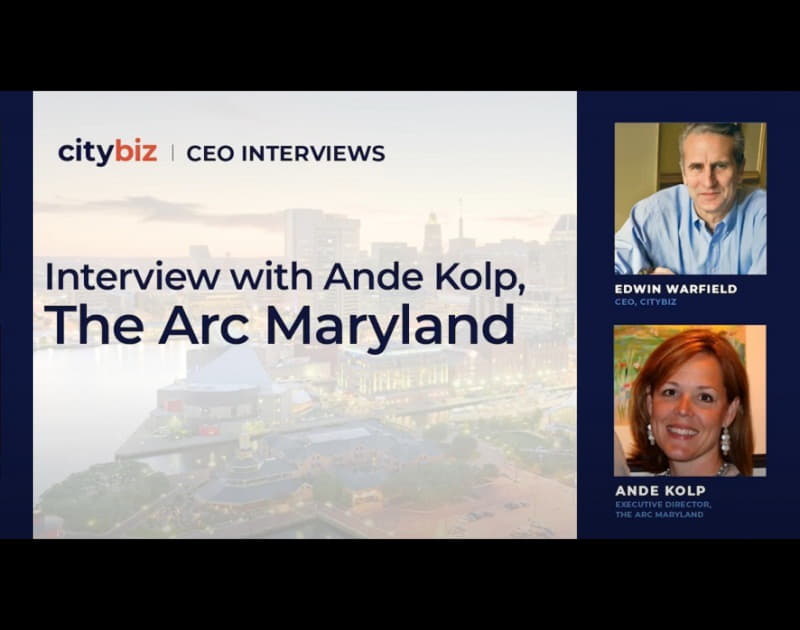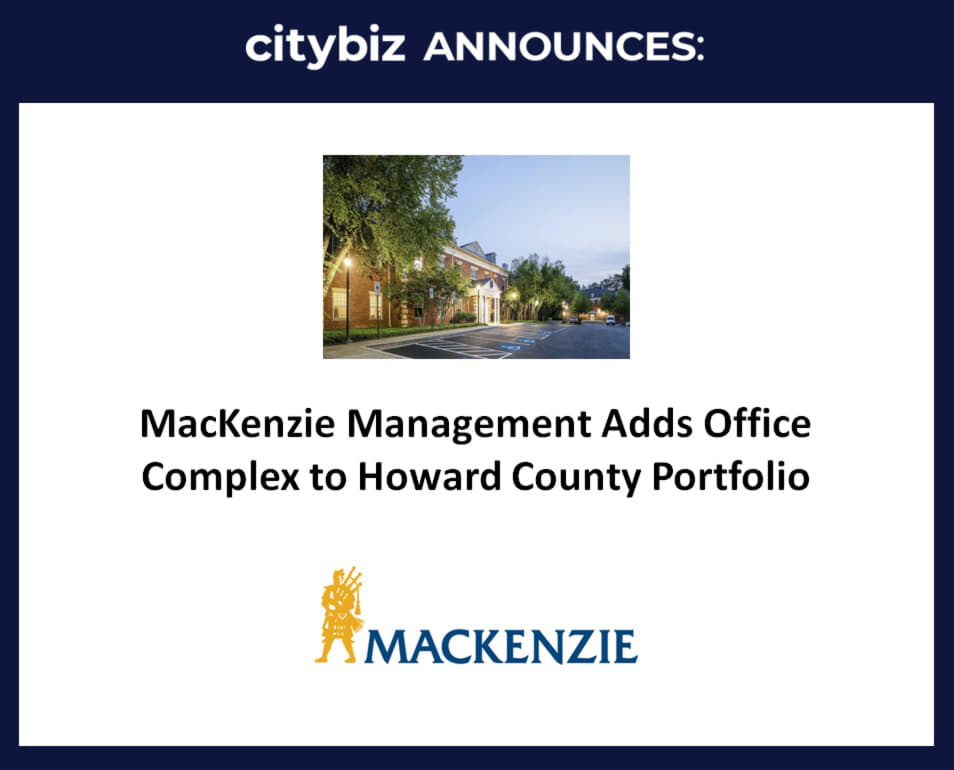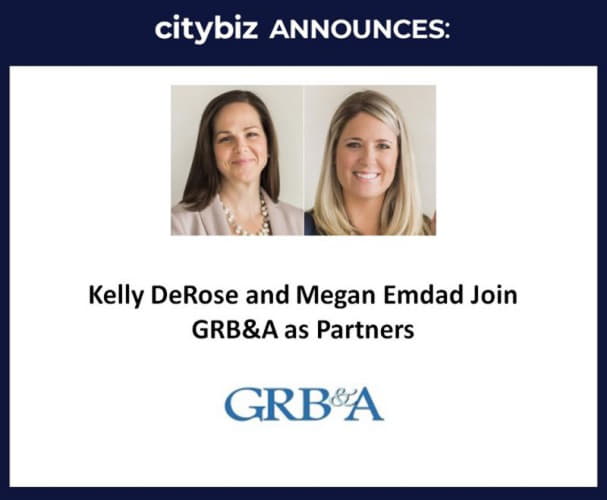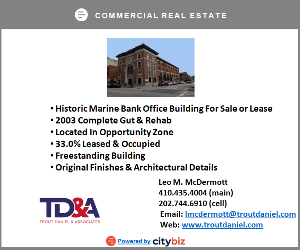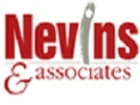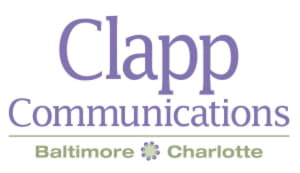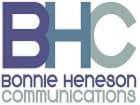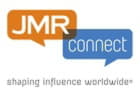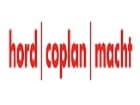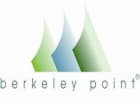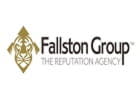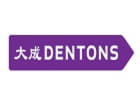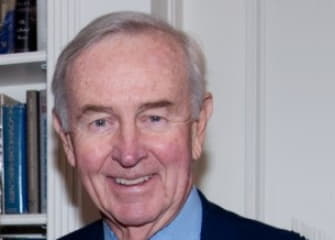
Joseph R. Hardiman
Click here for Part I, Part III & Part IV
Joe Hardiman's quiet, powerful and positive influence in Baltimore is unknown to most Baltimoreans. The impact of his contributions are understood among the informal leaders in town. He was instrumental in the growth of Alex. Brown & Sons, where he served as Administrative Partner. He was effectively the chief operating officer of the firm during the period of its transition from a regional to a national investment banking firm.
He served with distinction on the Board of Visitors and Trustees of several of the University of Maryland Schools and Foundations. An alumnus of both the College and the Law institution, Hardiman served the school throughout his career.

Hardiman was a close confidant of Sally Michel, herself a close confidant of first Mayor and then Governor William Donald Schaefer. As a result, Hardiman had an insider's knowledge indirect influence on many of the progressive initiatives undertaken by the Mayor and then the Governor.
As an example, Hardiman was a founder of the Baltimore Chesapeake Outward Bound School. This was the first Outward Bound School created to serve inner city youth. Now in its fourth decade, the school has taught over 80,000 students. This year alone, the school expects to serve just under 6,000 students. It is an important tool for the Baltimore City Police Department's outreach to citizens. Police officers join Baltimore City School students on the school's rope courses and climbing walls. It is confidence-building, fun and trust-building.
Hardiman served the nation as well. He was the chief executive officer of the National Association of Securities Dealers, the nation's self-regulatory body for the financial markets. As head of NASD, he operated the NASDAQ Stock Market, a fundamental driver of the nation's economy. The NASDAQ is the envy of the world for job creation and Hardiman lead it for a decade.
This interview is designed to tell the citizens of Baltimore more about a mover and shaker who has influenced the city and the nation effectively for most of his adult life.
ALFRED BERKELEY: You were at Alex Brown when these big, mega transitions to corporations and likely the development of the Depository Trust and other community tools were there. Alex Brown began to grow very, very rapidly. You were right in center of that.
JOE HARDIMAN: Well, let’s take a step back. The things like Depository Trust Company and the NSCC, the Clearing Corporation, really took place while I was at Robert Garrett & Sons during the early ‘70s. And then, in 1974, Robert Garrett & Sons was sold to Alex Brown & Sons, and it was a merger of two of Baltimore’s oldest firms—Alex Brown being the oldest investment banking firm in America, and Robert Garrett being not far behind, having been established in 1819 versus Brown’s 1800. At about the same time, in May 1975, the institutional pressure finally forced the elimination of what we called fixed brokerage rates. It used to be that every time there was a brokerage transaction a rate was fixed. There was no negotiation. A customer had to pay your rate. That was it.
For access to the exchange function?
For access to the exchange function for trading securities on exchange markets or in the over-the-counter markets. That dramatically changed the nature of the business, and the force of institutional pressure started to drive a lot of the subsequent changes that came in the wake of increased activity, supporting investment banking activities like IPOs, and so this was driving that change. At the time, both Garrett and Brown were basically regional brokerage and investment banking firms, and so as the administrative partner of Alex Brown—which I became after I joined the firm—I was involved in a lot of the planning process that took place. The younger guys like yourself and Bob, and the bankers particularly, kept making a very valid point that, as a regional investment bank, we were going to have a tough time thriving and surviving on just the regional investment banking business and the brokerage business we do here. We really have to think about developing some national capabilities. Out of that came the strategic decision to move Alex Brown more into a national role in certain disciplines where we had clearly demonstrated strengths—computer software being the most notable one, thanks to you; healthcare being another. We kept our regional banking capabilities, but then we added a few others, transportation being another one that came to mind.
But we said, “Okay, we really want to be national players in these fields, and we’ve got to develop that capability from a research point of view, a banking point of view, and a sales point of view.” That drove us into becoming a national firm, with Alex Brown becoming a very prominent national banker for those sectors in which it had an expertise.
One of the things that always interested me was the attraction of talent to Baltimore. We had a recruiting model that I thought was pretty powerful at Alex Brown.
Yes, we did. And, when I first got there, we were still recruiting primarily people who had some ties to Baltimore . They had family ties or had grown up here or they had other ties to this city. But then, if we were going to really be a player in these growth sectors of the ‘80s and ‘90s, we really had to attract the top talent here out of the business schools and from other securities firms around the country. We could tell quite a story because Baltimore was a great place, and still is a great place, to live and raise a family, and to do it at a reasonable cost. You could have very good housing here, very good schools here, particularly the private schools that would help us attract these young people to come to Baltimore instead of living the lifestyle in New York or San Francisco—very expensive cities, very high-pressure cities. Not to say these guys and gals didn’t work hard. They did. They probably worked as hard as their peers. But when they could relax, they could do it in a much more comfortable setting where they knew their families were happy. We used Baltimore as an active recruiting site with a great deal of success. We had a lot of very good talent coming in to live in this city and became a part of this city and became leaders of the city as they grew and matured.
One of the things that I thought was interesting about the development of leadership was putting younger people on some of the local boards where they would learn about board structure and leadership. I was pleased to go on the Baltimore Symphony Orchestra Board as a young man, even though I have total of 10 years, but I enjoyed the offer from Ben Griswold, Senior, to go get some experience on a board seat where I couldn’t do any damage.
Well, it was really looked upon with favor in the firm. I mean, it was almost… I won’t say if you wanted to advance in the firm, you really had to become involved in some community activities. They were looking for a more well-rounded individual to be leaders with the firm going forward and not just somebody who was a merely a cog in the wheel or narrowly focused on their own little world within Alex Brown. It was strongly encouraged that the older partners—and even after we incorporated, everybody—referred to the managing directors as “partners” rather than “managing directors.” They would help bring along young people onto the boards on which they had served, and so it became part of the ethos of the firm, if you will. Alex Brown was always a leader in the drive for the united Way here in Baltimore, and every partner in the firm was expected to participate at a meaningful level.
That’s where I learned what the word “de Tocqueville” meant, who de Tocqueville was.
Yes, we all did. We all know Mr. de Tocqueville very well. Even still, which is a great compliment to the firm, is that if I look at the member of the de Tocqueville Society here in Baltimore, a lot of them are the former Alex Brown partners and managing directors.
You were very involved in a number of civic and charitable organizations, Outward Bound being one. Talk a little bit about your involvement with the community and with philanthropy.
I always had a feeling that we should give back to the community and to the industry with which we were involved, so it was kind of a natural thing. Even as a youth, I was involved in public service in a number of ways. I went to Boys Nation and did things like this. I always had a yen for public service, if you will, and public involvement. When I became active in the Baltimore business community, it was quite natural for me to become involved with some of the institutions in which I had an interest, and my interest really focused on a few things. One was education, two was the environment, three—youth, always youth—which embodies both of those, and four—to a lesser extent but primarily through osmosis as result of my wife: the arts. That’s where I spent my time, and I became involved with a wide variety of institutions here in Baltimore: the Baltimore Museum of Art, for instance, I served on its board; the Baltimore School for the Arts is another foundation on which I served; the various University of Maryland entities here—everything from University of Maryland Medical System to the University of Maryland Baltimore Foundation to the board of the law school, which we’ve mentioned; and then to other endeavors that I was recruited by civic leaders such as Sally Michel who was then very active with William Donald Schaefer, who was then the mayor. She was his recruiter of people to get involved in local activities, and through Sally I got involved with the Fund for Educational Excellence, which I chaired initially.
Just take a few seconds and talk about the concept behind the Fund for Educational Excellence, because it’s pretty darn unique.
The concept was to provide, at that stage in the game, tools for teachers, which they could not access through the public school system. It could be tools that they could use in the classrooms, it could be training—it was funding for various innovative programs.
So, you might get a request for 250 bucks or 2,500 bucks?
…or $25,000, yeah, from the teachers. It ran the gamut. I remember when we started it, and we went to the then head of the Baltimore Community Foundation to enlist their support, and the then head said, “I don’t see it. You won’t be here five years from now.” Well, that was in 1984. It’s still functioning in Baltimore and still providing a viable role.
I know about that because my wife was interested in being able to fill in the cracks. In the public school system, there was no funding for basic things.
That’s correct. And so it did, and it continues to provide that role. That was one of the early involvements. Another early involvement, at the initiation of the mayor and Sally, was the Outward Bound program. In 1984, we started sending some kids from Baltimore up to Hurricane Island, Maine—basically inner-city kids—to get an outdoors experience, an environmental experience. That really was also about character development and teaching these kids 1) that they were capable of doing a lot more than they realized they were capable of doing, and 2) teaching them compassion for others. We did that for two years. Then, in 1986, the mayor said, “Why do we have to send these kids up to Hurricane Island? Why can’t we just have our own Outward Bound program here in Baltimore?” We dispatched about 15 business and community leaders to go up and go through one of these programs, which we did with varying degrees of success.
Joe, the audience would not necessarily know that Hurricane Island’s experience is around pulling boats and around rowboats—seagoing row boats.
…Seagoing row boats in which we had to spend the night sleeping on the oars, and we did that for three nights. And we did other experiences like rappelling off of a 90-foot cliff or jumping into waters, where the temperatures were less than 50 degrees, from a 40-foot platform.
We have a couple of legislative and school leaders who didn’t know how to swim, and so it was very daunting for them, but, by golly, they did it. What we learned was that, yes, we think we can build one of these programs in Baltimore. We embarked on that endeavor, started the Baltimore Chesapeake Bay Outward Bound program as an affiliate of Hurricane Island, and they provided us with the staffing and the leadership that we needed in our early stages. We raised the money here locally, and we kept the money here locally because we didn’t want it to be mingled either with the Hurricane Island funds or the national funds, and the national headquarters were then in New York. By design, we kept the money here, we created the Parks & People Foundation to be the housing of that money, but it was really dedicated to the exclusive use of Outward Bound, which continues to be the case today.
That was how Outward Bound got started. I was involved actively in ‘86 and ‘87. In 1987, I left Alex Brown to go over and run the National Association of Securities Dealers and the NASDAQ stock market, which I did for 10 years. During that 10-year period, I was not active here. When I returned in 1997, that was one of the first things that I returned to for involvement in the community and have been actively involved in the 20 years since then with Outward Bound.
Sponsored by:
Founded in 1993, WMS Partners is the only independent multi-family office in the Baltimore area that isn’t associated with a brokerage firm, bank or trust company. Our team of approximately 50 professionals and 14 owners spanning three generations assists in the direction of our client’s financial goals and objectives and oversees in excess of $3 billion in assets.
As our client’s advocate and central point for their financial affairs, we work pro-actively with service providers, including accountants, attorneys, consultants, insurance professionals and philanthropic advisors. We are large enough that we provide exposure to many unique ideas and strategies in the investment, estate, tax, financial advisory and risk management arena; but small enough to provide discreet, pro-active individualized guidance.


Edwin Warfield, CEO of citybizlist, conducts the CEO Interviews.
If you're interested in reaching CEOs, please contact edwin.warfield@citybuzz.co
Connect on LinkedIn


